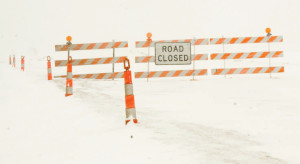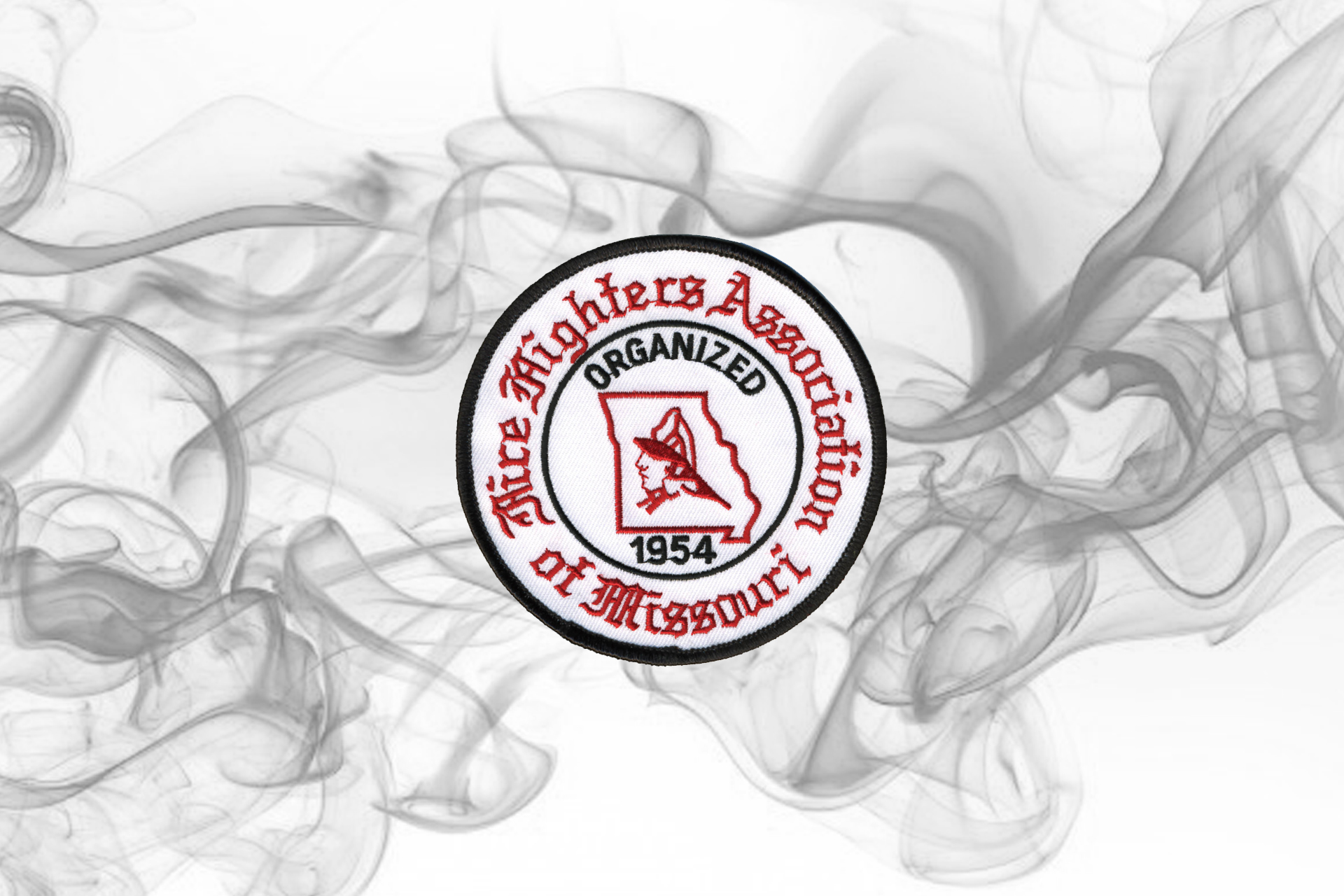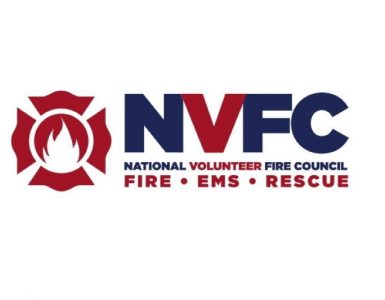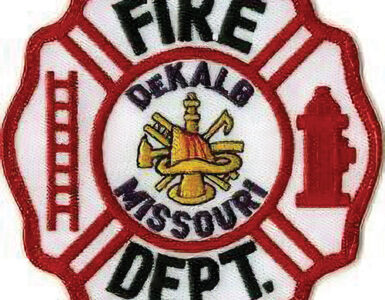 Hello to all from the east side of the state hope everyone had a very merry and safe Christmas and a happy new year. If mother nature holds true to what we have had over the past month you may not need the information I have, but I believe that the weather will be changing and it will become bad. With that being said please take all precautions to make you home and auto ready for the winter weather.
Hello to all from the east side of the state hope everyone had a very merry and safe Christmas and a happy new year. If mother nature holds true to what we have had over the past month you may not need the information I have, but I believe that the weather will be changing and it will become bad. With that being said please take all precautions to make you home and auto ready for the winter weather.
Everyone needs to be prepared for severe winter weather. Conditions can change drastically, even from neighborhood to neighborhood. So you have to be prepared for a variety of weather conditions during the winter months. This includes preparing for lengthy power outages, extreme cold, ice, freezing rain and heavy, blinding snow. As part of your emergency plan, you should have supplies to last at least three days. Like flashlights and batteries, food and water. You should also have supplies at work and in your vehicle. Don’t forget about extra supplies for your pets. No plan is complete without a communications plan. Make sure everyone knows who to call if their travel will be delayed or postponed. Remember, if you don’t have to go out, don’t go out. Take all the precautions you can now so you and your loved ones stay safe.
Prepare Your Automobile for Winter
Besides checking the weather, it’s important to have a mechanic check the condition of the following vehicle systems before heading out on the road:
- Ignition
- Brakes
- Wiring
- Hoses and fan belts
- Spark plugs
- Air, fuel and emissions filters, and PCV valve
- Distributor
- Battery
- Tire wear and air pressure
- Antifreeze level and freeze line
Don’t Leave Home Without These
In an emergency situation, in addition to a full tank of gas and fresh antifreeze, the National Safety Council recommends having these with you at all times:
- Properly inflated spare tire, wheel wrench and tripod jack
- Shovel
- Jumper cables
- Tow and tire chains
- Bag of salt or cat litter for better tire traction or to melt snow
- Tool kit
- Flashlight and extra batteries
- Reflective triangles or flares
- Compass
- First aid kit
- Windshield cleaner
- Ice scraper and snow brush
- Matches in a waterproof container
- Scissors and string or cord
- Nonperishable, high-energy foods like unsalted, canned nuts, dried fruits and hard candy
- Blankets, mittens, socks and hats
Winter road trips, even short ones, are a great way to celebrate with family and friends. Being prepared can ensure a safe and happy time is had by all.
Carbon Monoxide
What is Carbon Monoxide?
Carbon monoxide (CO) is an odorless, colorless gas that interferes with the delivery of oxygen in the blood to the rest of the body. It is produced by the incomplete combustion of fuels.
It can be emitted by combustion sources such as unvented kerosene and gas space heaters, furnaces, wood stoves, gas stoves, fireplaces and water heaters, automobile exhaust from attached garages, and tobacco smoke. Problems can arise as a result of improper installation, maintenance, or inadequate ventilation.
Health effects include
- Fatigue
- Headache
- Weakness
- Confusion
- Dizziness
How Do I Prevent Carbon Monoxide Poisoning?
Make sure chimneys, fireplaces and other areas are annually inspected and cleaned by a certified technician. Do not use ovens or gas ranges to heat your home. Never leave a lawn mower or car running in an enclosed space. Have a carbon monoxide alarm in your home. If the alarm goes off check that it is the carbon monoxide monitor, check for poisoning symptoms and clear out of area immediately if someone is experiencing symptoms. If not, thoroughly ventilate your home.
The Do’s and Don’t of using a space heater if you are going to use them.
Do’s:
- Use a space heater that has been tested to the latest safety standards and has been certified by a nationally recognized testing laboratory. These heaters have the most up-to-date safety features. Older space heaters may not meet newer safety standards. Always follow the manufacturer’s directions for proper use.
- Place the heater on a level, hard, nonflammable surface, such as a ceramic tile floor.
- Keep the heater at least three feet away from bedding, drapes, furniture, and other flammable materials.
- Keep children and pets away from space heaters.
- Turn heater off if you leave the area.
Don’ts:
- Never leave a space heater on when you go to sleep.
- Don’t place a space heater close to any sleeping person.
- Never use gasoline in a kerosene space heater, as even small amounts of gasoline mixed with kerosene can increase the risk of fire.
- Don’t use portable propane space heaters indoors or in any confined space unless they are specifically designed for indoor use.
Also, be sure to place smoke alarms on every level of your home, outside of sleeping areas and inside each bedroom. Guard against carbon monoxide (CO) poisonings as well by installing carbon monoxide alarms in your home. Make sure that your batteries in all alarms are fresh and working.

































